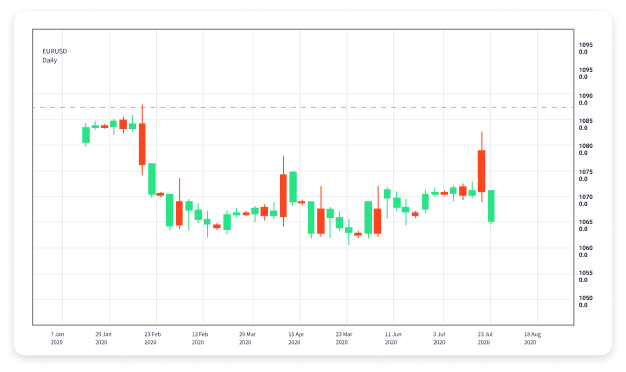
Understanding Forex Trading Hours: A Complete Guide
The Forex market is a global decentralized market for trading currencies, and understanding its trading hours is crucial for traders looking to maximize their potential. With a 24-hour trading cycle, it consists of various trading sessions that open and close at different times around the world. This configuration allows traders to take advantage of fluctuations in currency pairs at any time of day. However, it is also essential to know the optimal times to trade based on market activity and liquidity. One useful resource for traders is the forex trading hours Top Forex Brokers guide, which provides insights into the best platforms for trading.
Trading Sessions Overview
The Forex market is divided into four main trading sessions: the Sydney session, the Tokyo session, the London session, and the New York session. Each session caters to different regional markets and has its characteristics in terms of volatility and liquidity. Understanding when each session opens and closes can help traders align their strategies with the market’s pace.
1. Sydney Session
The Sydney session is the first to open and begins at 10 PM GMT, running until 7 AM GMT. This session is known for its low volatility, but it can serve as a warm-up for the more active sessions that follow. Major currency pairs traded during this time include AUD/USD and NZD/USD, and traders might use this session to take positions that could benefit from the upcoming volatility of the Tokyo session.
2. Tokyo Session
Starting at 12 AM GMT and ending at 9 AM GMT, the Tokyo session is characterized by increased activity, especially in Asian currencies like the JPY. During this time, traders can experience notable moves in pairs such as USD/JPY and EUR/JPY. As the Asian markets react to overnight news and economic indicators, this session can be ideal for scalping and day trading.
3. London Session
The London session opens at 8 AM GMT and concludes at 5 PM GMT. It is one of the most significant sessions due to its high liquidity and volatility. The London market overlaps with both the Sydney and New York sessions, creating a peak window for trading. Major currency pairs like GBP/USD, EUR/USD, and USD/CHF typically see heavy trading during this period, making it ideal for traders looking to capitalize on price movements.

4. New York Session
Running from 1 PM GMT to 10 PM GMT, the New York session is the last major trading session of the day. Like London, it experiences high liquidity, particularly in USD crosses. Traders often monitor key economic reports released during this session, as they can lead to significant market movements. The overlap of the London and New York sessions creates a unique opportunity for traders to catch substantial price swings.
Understanding Overlapping Sessions
One strategic advantage for traders is identifying periods when two trading sessions overlap. The overlap between the London and New York sessions, from 1 PM to 5 PM GMT, is particularly noteworthy. During this time, volatility often spikes, leading to increased opportunities for profit. Traders are encouraged to focus their activities around these overlaps, as the increased liquidity results in tighter spreads and faster execution of trades.
Factors Affecting Forex Trading Hours
While the Forex market operates 24 hours a day, certain external factors can influence trading hours and market conditions. Key variables include:
- Economic Calendars: Economic reports, such as employment data, GDP releases, and interest rate decisions, can create significant volatility around their announcement times.
- News Events: Political events, central bank decisions, or unexpected global developments can drastically alter market sentiment and trading dynamics.
- Market Sentiment: Understanding the prevailing sentiment can help traders determine the best times to enter or exit trades based on market trends.
Optimizing Your Trading Strategy
To make the most of Forex trading hours, traders should focus on a few key strategies:
- Know Your Trading Style: Determine the type of trading you wish to pursue—scalping, day trading, or swing trading—and align your trading hours accordingly.
- Use Technical Analysis: Leverage technical indicators to help identify optimal entry and exit points during peak trading hours.
- Stay Informed: Follow market news and economic reports that can significantly affect price movements and market volatility.
Conclusion
Understanding Forex trading hours is crucial for anyone looking to succeed in Forex trading. By recognizing the optimal trading sessions and overlaps while keeping an eye on key economic events, traders can maximize their opportunities in the market. Additionally, utilizing resources like the Top Forex Brokers guide can help you choose the best platform to enhance your trading experience. With proper knowledge and strategy, you can navigate the Forex market effectively and potentially increase your profitability.
